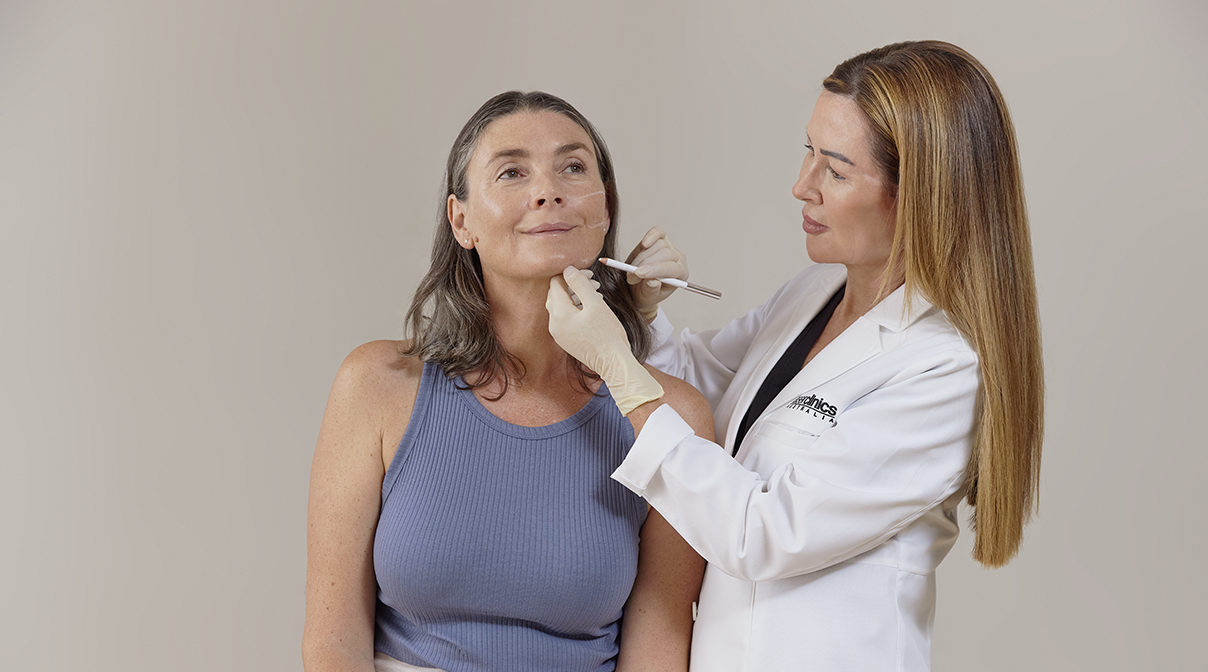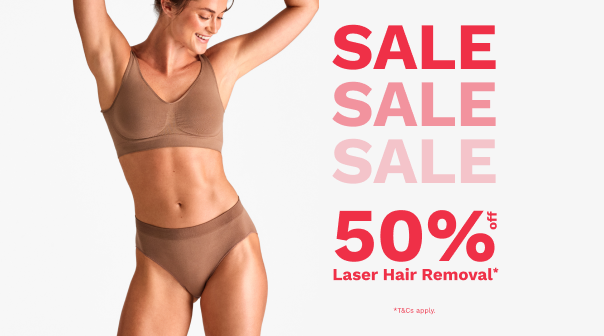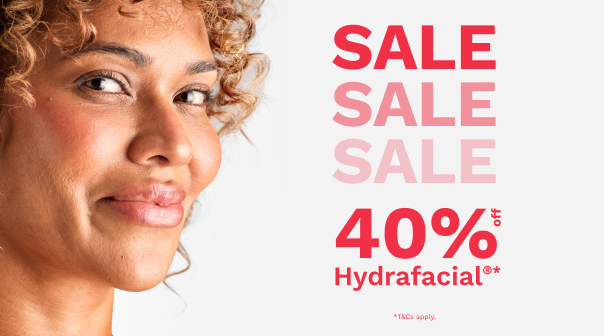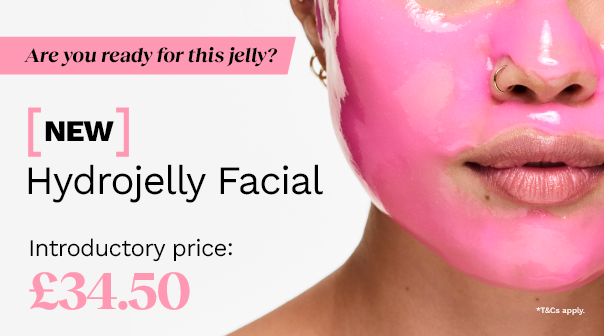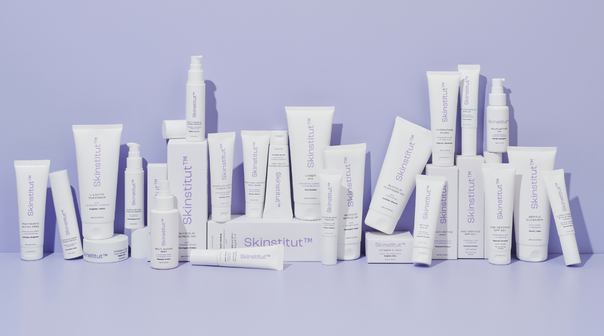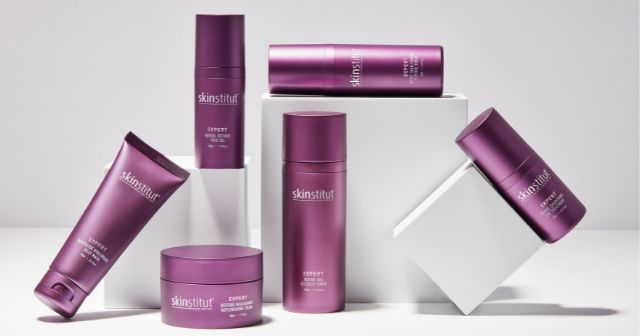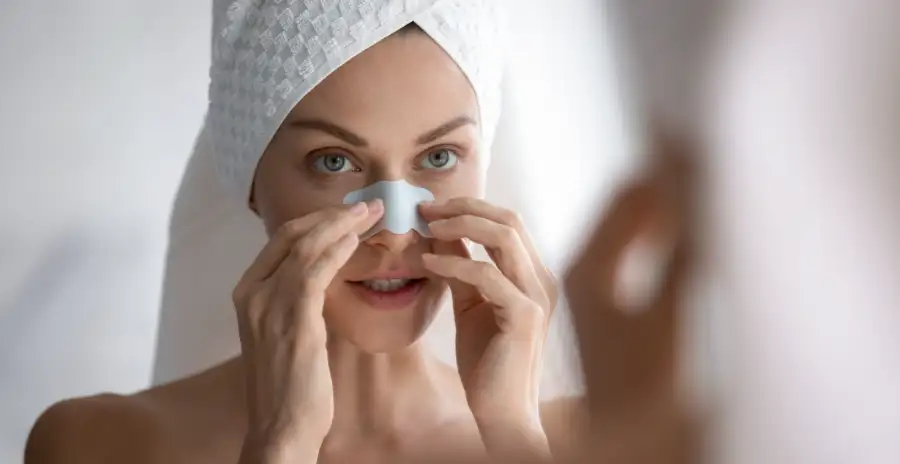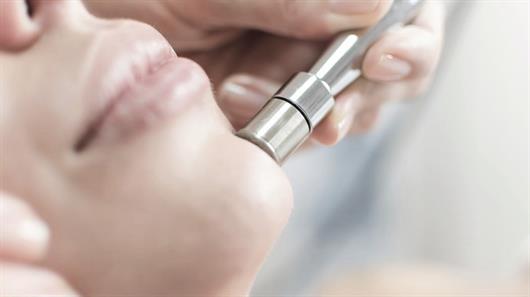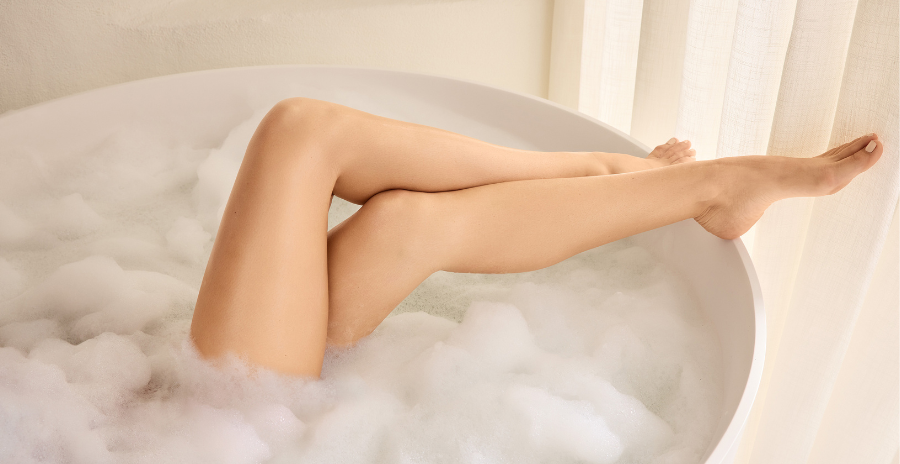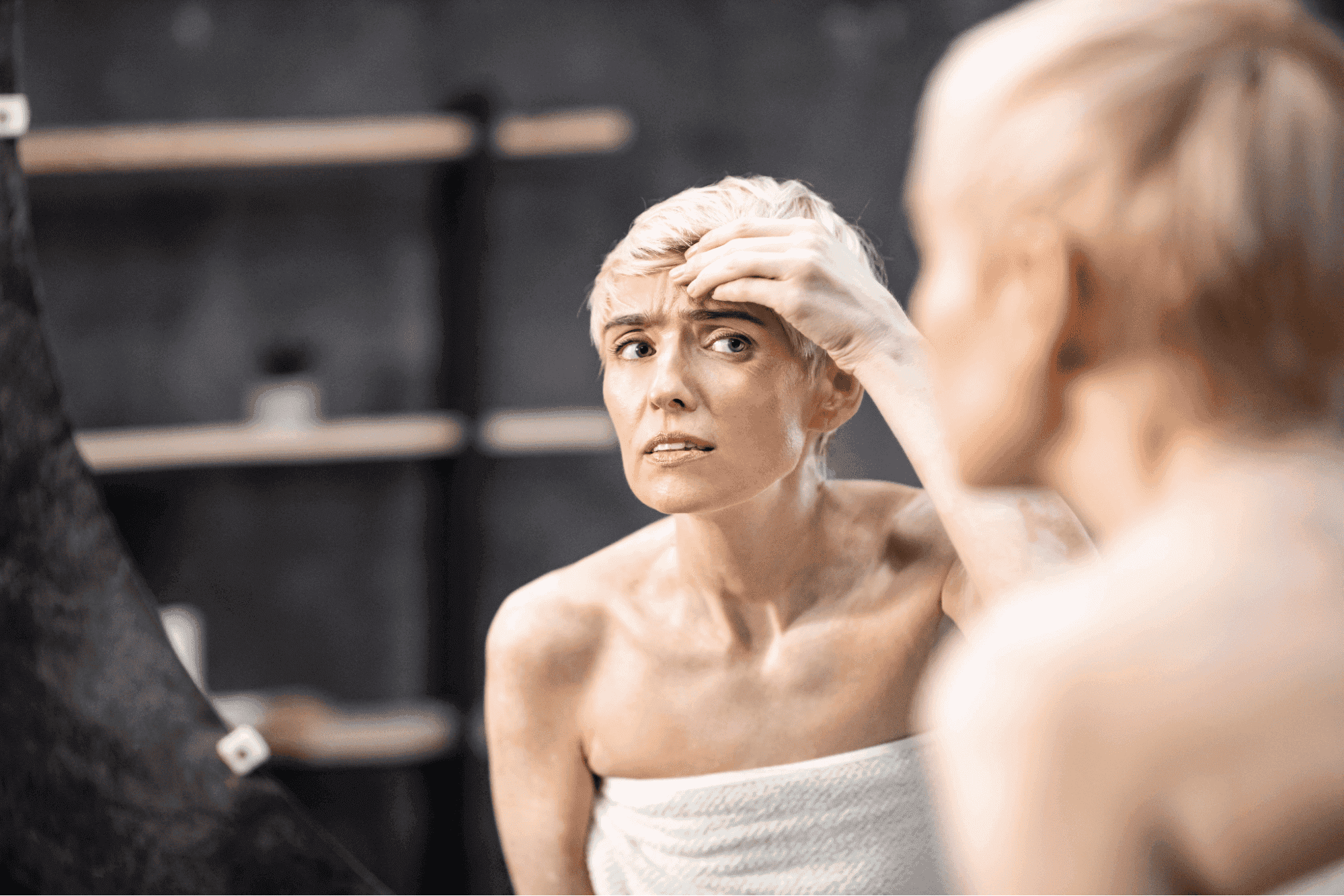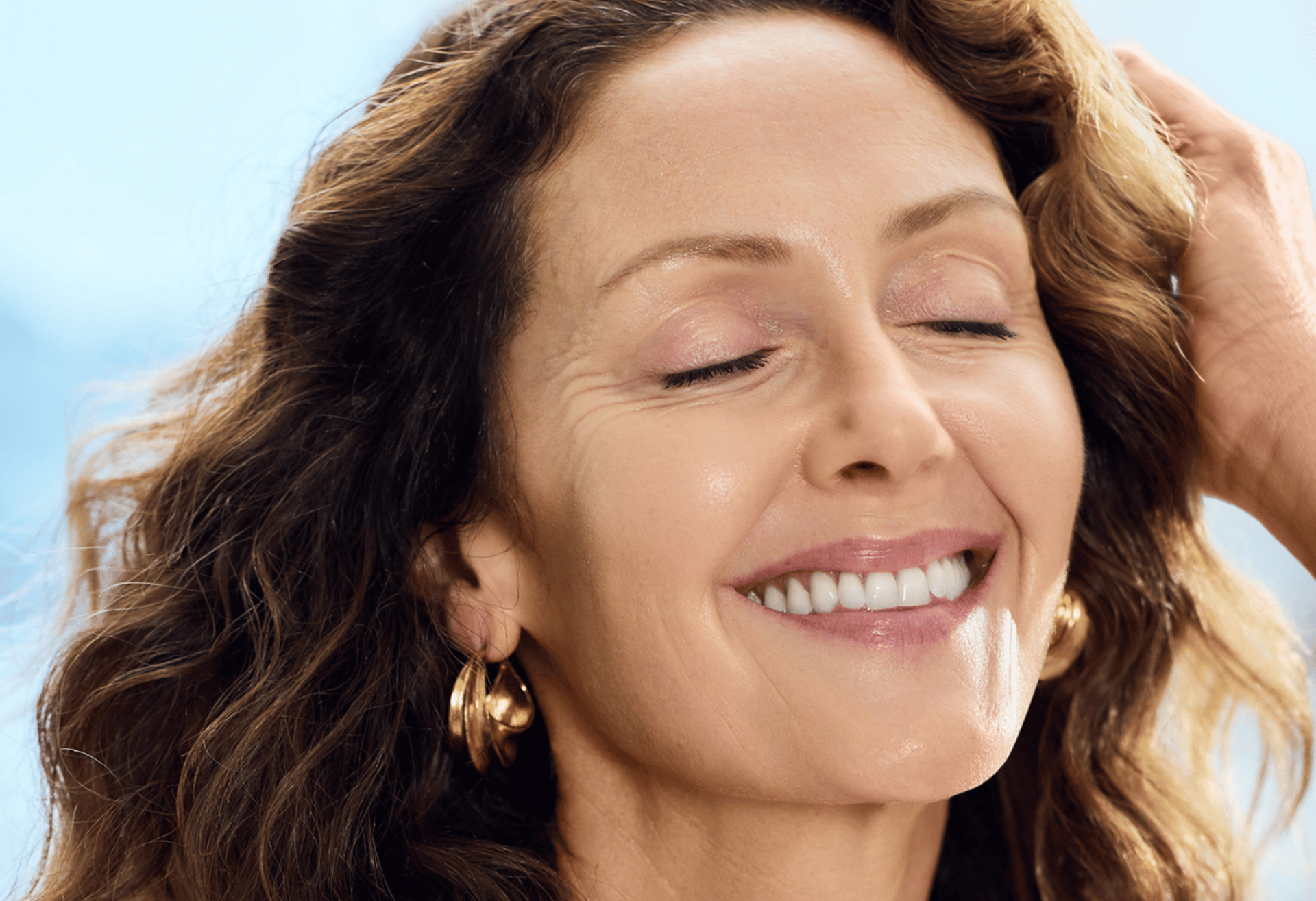You would think that now you’re #adulting, your acne dealing days should be over right? You’ve gone through that awkward teenage phase so why are those pesky little things still hanging around?
Unfortunately, acne can pop up (excuse the pun) even when you’re well into your 20s. At this age it can be a bit more embarrassing, especially when you’re heading to work or a formal event.
But sit tight because we’re about to take you through all the reasons why you might still be suffering from acne and what we can do to help you feel confident in your own (clear) skin!
What Feeds Acne Bacteria?
First thing to know is that all it takes is one hair follicle to get blocked with oil and debris for a pimple to appear.
Acne feeds on a buffet of oil, dead skin cells, and just the right conditions to thrive. The main culprit behind bacterial acne is C. acnes (Cutibacterium acnes, formerly known as Propionibacterium acnes)—a type of bacteria that naturally lives on your skin.
This bacteria isn’t harmful on its own, but when it gets trapped in clogged pores, it can start multiplying, causing inflammation, redness, and breakouts. Bacterial acne feeds on these other conditions:
- Excess sebum (oil) production: Oily, blemish-prone skin types or hormonal changes can send oil production into overdrive and make things worse.
- Dead skin cell buildup: Your skin naturally sheds dead cells but if they don’t slough off properly, they mix with oil and trap bacteria under your pores, leading to breakouts. It’s good to exfoliate every once in a while to clean your pores.
- Inflammation and poor skin barrier function: But, don’t overexfoliate! This can compromise your skin’s defense system, on top of using harsh products or skipping the moisturiser. Bacteria can take advantage and cause more irritation.
There are also several other factors that can make existing acne even worse such as:
A Poor Diet
What you put in your body is reflected on the outside. That old saying, ‘you are what you eat’ rings true when it comes to the health of your skin. When you indulge in too many processed/high sugar foods that are rich in carbohydrates - like chips and sugary drinks - greasy meals or sugary treats like chocolate, it can make your acne worse. Milk and dairy products can also add to the battle with acne. Try to cut down on foods and drinks that encourage acne to flourish.
Hormones
Hormonal changes in your body will cause the sebaceous glands to produce excess sebum on areas such as face, neck, chest and back. As a result, more oil will make your pores clog and cause even more acne.
Be patient with hormonal acne, try diluted tea-tree oil to reduce inflammation and use products with Alpha hydroxy acid present. The most commonly used AHAs in high quality skincare are Glycolic Acid and Lactic Acid because they both have special qualities allowing them to penetrate the skin due to their small molecular structure. Both also have the ability to exfoliate, hydrate and normalise the skin.
Too Much Stress
Like hormonal changes, stress throws your body off balance, leading to excess oil production and more breakouts. When stress levels spike, your body releases cortisol, which stimulates the sebaceous glands, causing them to produce even more oil—aka, the perfect recipe for clogged pores and acne.
But that’s not all. High stress = high inflammation, and inflammation is a major culprit behind those red, angry breakouts. On top of that, when your body is in stress mode, it redirects blood flow and oxygen to vital organs, leaving your skin deprived, dull, and dehydrated. This weakens the skin’s protective barrier, making it more vulnerable to bacteria, irritation, and even slower healing.
So if you’ve ever noticed more breakouts during exam season, before a big event, or in the middle of a stressful work week, it’s not just in your head—your skin really does feel the pressure!
Hormonal vs Bacterial Acne: How Can You Tell?
First things first, it helps to understand whether your breakouts are hormonal or bacterial. Both can cause frustrating flare-ups but knowing the difference will help you treat your breakouts more effectively.
Hormonal acne is often tied to fluctuations in hormones that trigger an overproduction of thicker, stickier oil! This often leads to clogged pores and breakouts and tends to consistently occur in cycles. Hormonal acne tends to flare up around the jawline, chin, and lower cheeks, especially around the menstrual cycle (for ladies), pregnancy, or times of stress. These breakouts often feel deep, inflamed, and cystic.
Bacterial acne, on the other hand, is caused by an overgrowth of acne-causing bacteria (C. acnes) in the skin. This happens when oil, dead skin cells, and bacteria create the perfect breeding ground for inflammation. Unlike hormonal acne, bacterial breakouts can occur anywhere on the face or body, often showing up as whiteheads, blackheads, or pustules.
What Age is Acne the Worst?
Acne peaks during puberty for most people, typically between the ages of 12 to 18 when hormonal changes send oil production into overdrive. During this time, increased levels of androgens (like testosterone) stimulate the sebaceous glands, leading to excess oil, clogged pores, and breakouts—especially on the face, chest, and back.
The good news is that acne usually improves in your 20s as hormones start balancing out. However that doesn’t mean you’re in the clear, literally. Some people continue to experience acne well into their 30s, 40s, and even older especially if triggered by stress and medical conditions or changes that cause hormonal imbalances (PCOS or pregnancy).
Acne breakouts typically decrease as we age but that doesn’t mean our skin stops giving us trouble. Instead of pimples, older adults are more likely to develop age-related blemishes like sun spots, pigmentation and uneven skin tone. New skin concerns take the place of acne, which is why proper skin care and treatments are essential at any age.
Professional Acne Prevention Treatments
Whether you’re dealing with a few pimples every now and then or pimples that seem to invite all their friends to the party - remember that having clear skin isn’t impossible! When you know what causes acne, you can clear it up and prevent it from coming back by treating your skin correctly. Let’s go through three of the best breakout treatments for stubborn acne.
LED Light Therapy
When you have existing acne like blackheads and whiteheads, you’ll need to treat it and restore your skin back to a clear, healthy-looking glow. Our LED Light Therapy treatments will target the acne causing bacteria and leave your skin looking more radiant. For that radiating, wow skin texture, try our non-invasive LED Light Therapy now.
Cosmetic-Grade Chemical Peels
Cosmetic grade peels are a wonderful treatment that address age spots, freckles or any other discolouration you want to reduce. Want to improve the appearance of acne scarring or large pores? Cosmetic grade peels are your go-to. At Laser Clinics United Kingdom, our cosmetic grade peels can rejuvenate the skin and help to induce collagen remodeling, thereby improving your skin.
Microdermabrasion
Microdermabrasions are amazing because they are tailored to your individual skin concerns, every step of the way. From dry, sensitive skin right through to skin that’s prone to breakouts, it’s all about you. So, 5 cheers for our 5-step Custom Micro because this treatment will thoroughly remove pore-clogging debris and oil build up as it exfoliates your delicate skin.
Whether you’re dealing with large pores, whiteheads, redness or deep blackheads, our expertly trained skin specialists can help you. It’s time to stop feeling embarrassed about your skin! The Laser Clinics United Kingdom team are here to ensure you feel confident and leave our clinics with enhanced, rejuvenated and refreshed glowing skin!
Visit us at one of our clinics across the UK and achieve a clear, radiant complexion sooner than you think! Book in for a complimentary consultation and you’re on your way.

